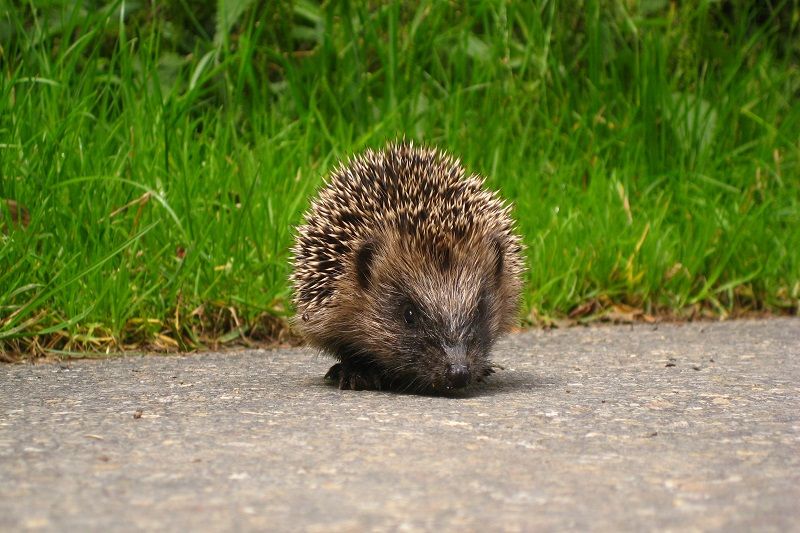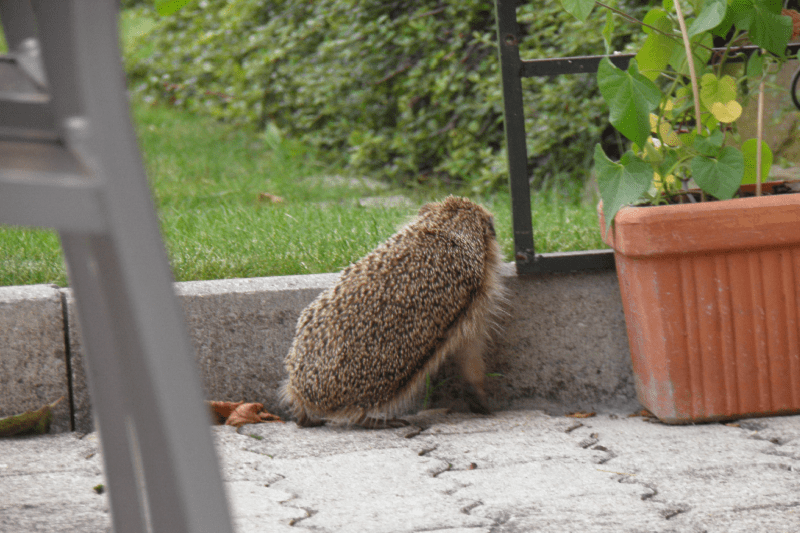Hedgehogs in Greater London

Hedgehogs are thought to be at high risk from habitat fragmentation.
The dangers facing hedgehogs in our towns and cities
As hedgehog numbers have plummeted recently, urban areas are becoming more important refuges for them. In our towns and cities there’s often more food and nesting places available than in the countryside as well as safety from natural rural predators such as badgers.
However, urban areas are extremely different to the countryside and animals such as hedgehogs are faced with other challenges. Built-up areas have less green space for wildlife and these green patches are often not well-connected to each other or, worse, completely isolated. As ever more greenspace is lost to development, the remaining green refuges are increasingly surrounded by buildings, busy roads, and higher numbers of people. If hedgehogs cannot roam over large areas, their populations decline and become separated from each other. This makes them more vulnerable to further declines and even extinction. When this happens, these animals become particularly susceptible to harmful genetic processes such as drift, where a characteristic, or gene, becomes more or less common in a population. This reduces genetic diversity and makes populations less able to cope with changes to their environment. This also increases the risk of inbreeding depression, whereby closely-related individuals are more likely to mate, resulting in reduced survival and fertility of the offspring.
Just think of the changes taking place in your local area. More houses and flats are being built, roads widened and large-scale developments are going up. If we don’t give consideration to how small, terrestrial mammals such as hedgehogs can move about, the situation will only get worse. Our hedgehogs are seeking shelter in our towns and cities. We must make sure that they are safe places for them, now and in the future.
Do London’s hedgehogs need help?
Jessica Turner, based at the Institute of Zoology and Queen Mary University of London, is investigating if groups of hedgehogs in Greater London are being isolated from each other. She wants to know what impact this might be having on them. London is a huge, sprawling urban area where hedgehogs are known to be in decline. In Central London they’ve vanished from many areas. And those that remain – such as the animals in Regent’s Park – may face a very uncertain future.

Jessica is focusing on how our urban landscape affects where hedgehogs are found in the city, how it impacts their genetic structure (the pattern of genes in a population) and if hedgehogs across the city are isolated from one another. Do London’s hedgehogs have reduced genetic diversity (fewer amounts of different types of genes)? If so they could face higher chances of inbreeding, which is a characteristic of fragmented populations. Jessica is trying to establish just how many hedgehogs there are, how many babies females tend to have, how many die each year and if there are equal numbers of males and females. She is also exploring how different urban features influence where hedgehogs are found within the city and which of them might be acting as barriers or corridors for hedgehog movements. For instance, the canal paths might provide long continuous passages for them, but canals and rivers also pose dangers.
Jessica’s work will help us understand what features in our cities and towns are adding to the threats faced by hedgehogs and which are beneficial. We can then use this information to work with developers, rail and road companies and green space managers to ensure our urban areas remain a welcome refuge for our prickly friends.
This project is only possible thanks to our generous donors. Can you help by donating today?
